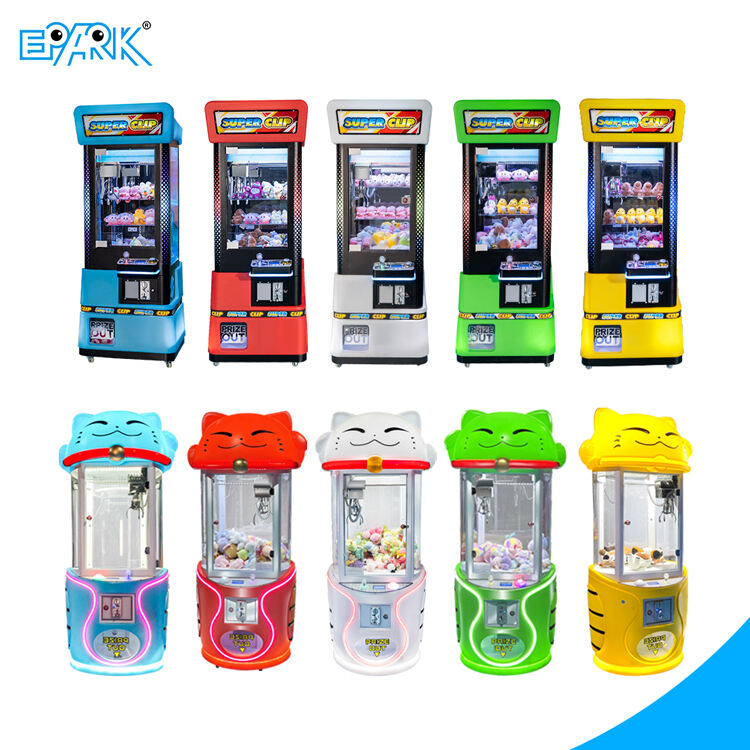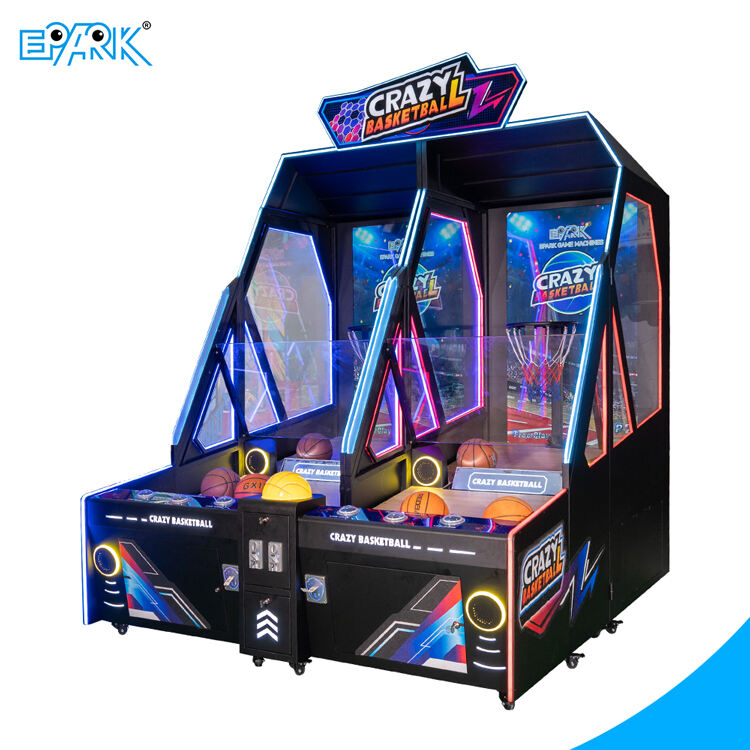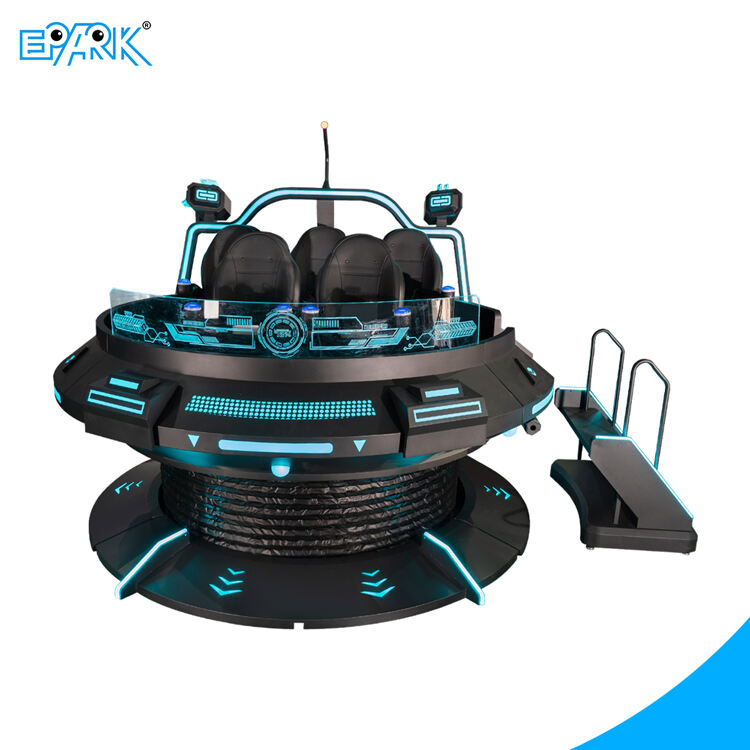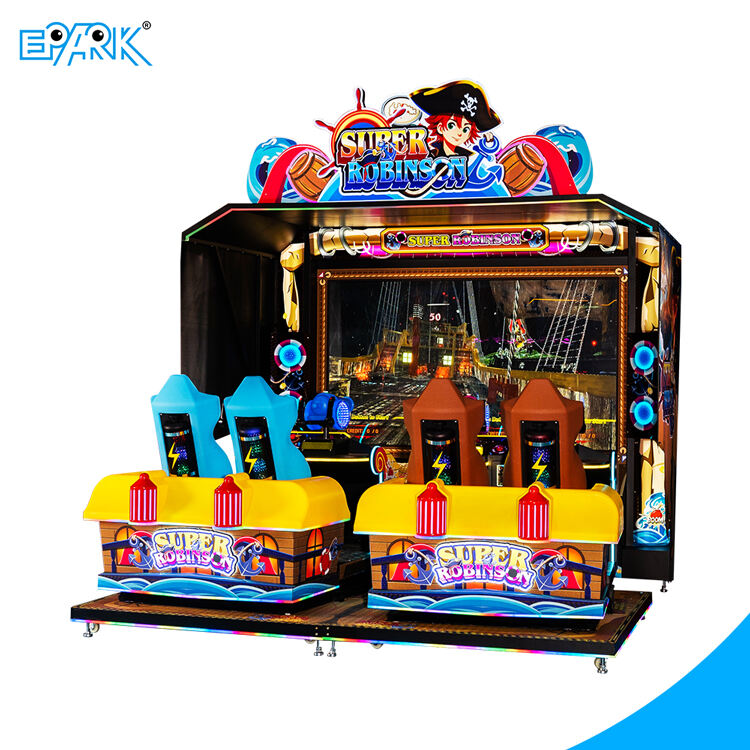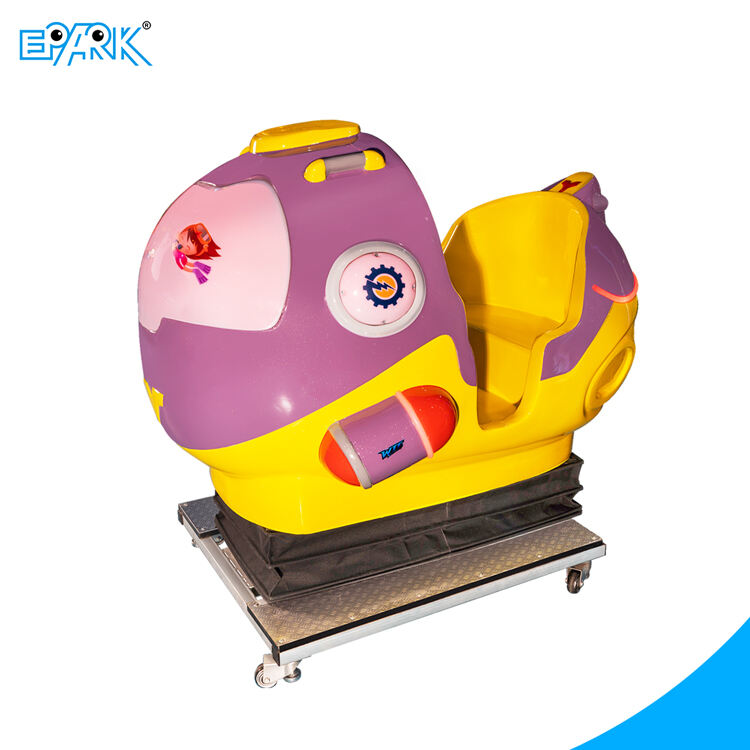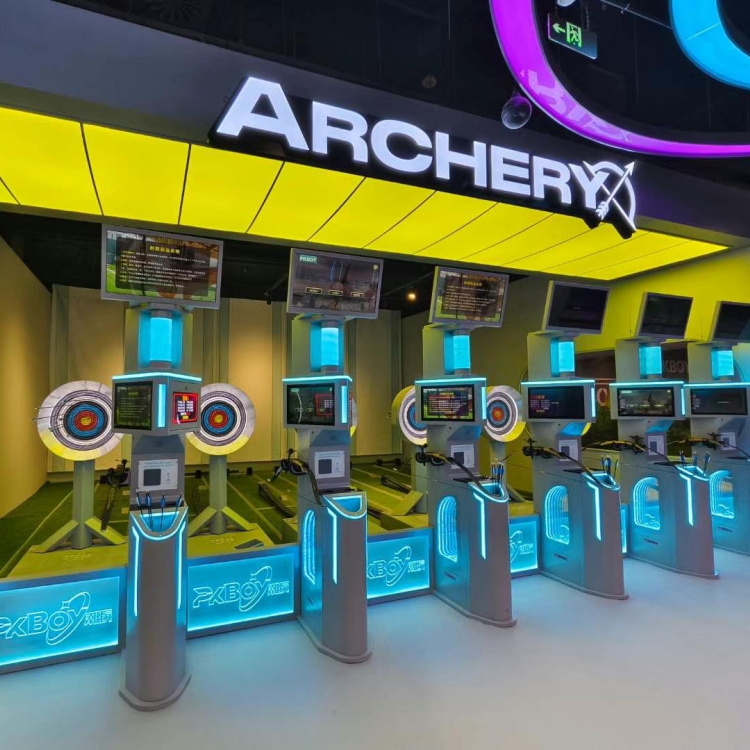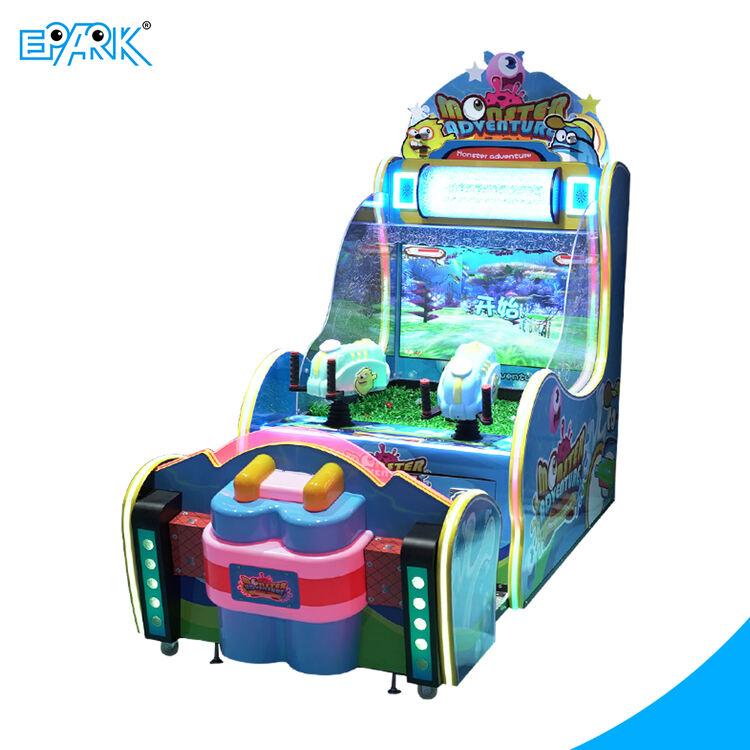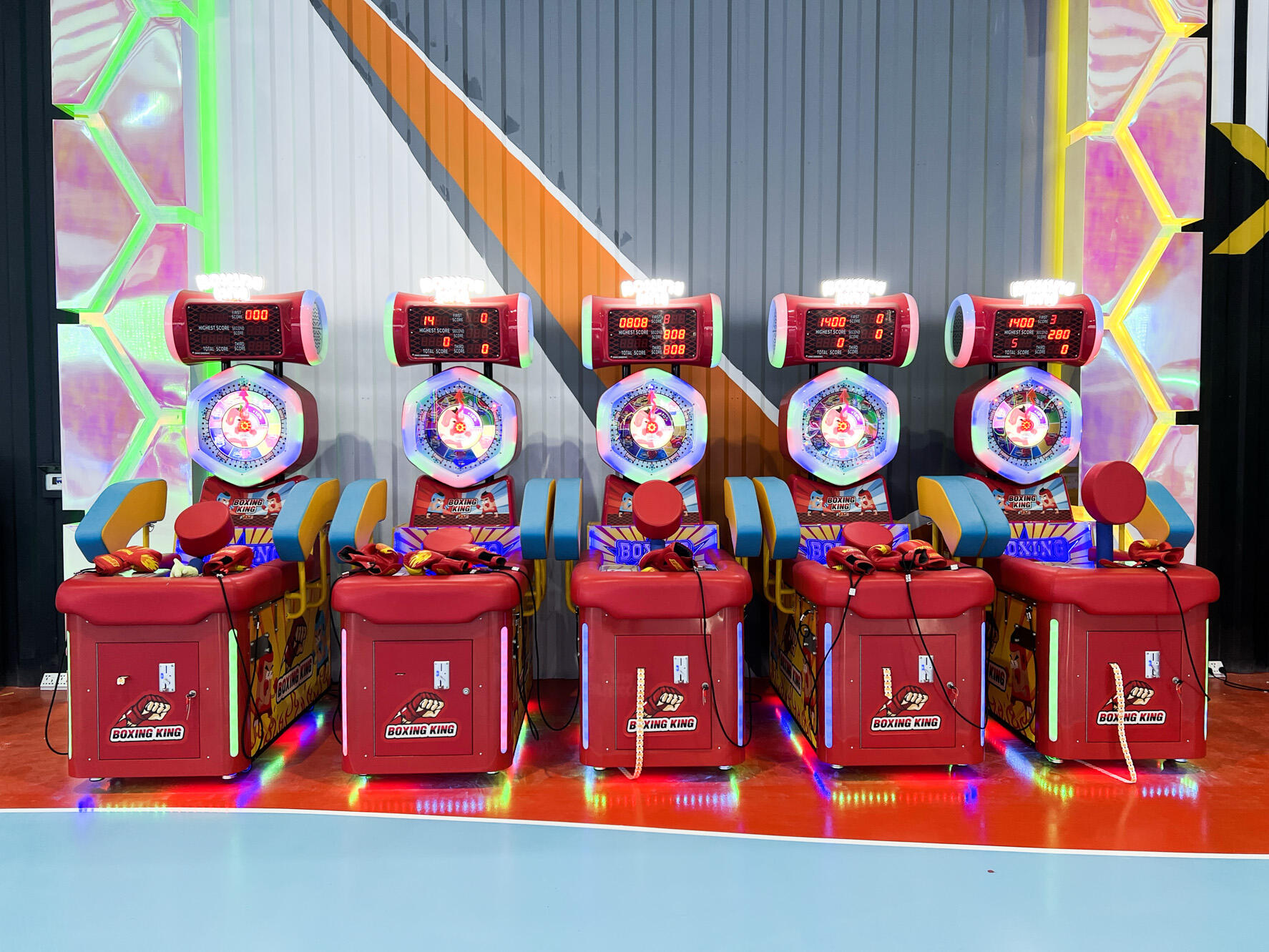Խաղացողների จจուանշանների և Հետաքրքրության Հասկացություն
Հիմնական Խաղային Ցիկլի Դիզայնը Ներդրվողական Իմմերսիայի համար
Սկզբում շատ կարևոր է ճիշտ ստանձնել խաղի ցիկլը, եթե մշակողները ցանկանում են ստանձնել խաղացողների ուշադրությունը և պահել այն: Լավ խաղերը մարդկանց համար անմիջապես մի բան են տալիս, իսկ աստիճանաբար բարդացնում են ամեն ինչ, երբ նրանք առաջ են գնում: Մենք տեսել ենք տարբեր հետազոտություններից թվեր, որոնք ցույց են տալիս, որ երբ խաղերը առաջարկում են արագ բավարարում և ավելի մեծ նպատակներ ապագայում, մարդիկ ավելի երկար մնում են: Վերցրեք օրինակի համար ռեսինգ արկայի խաղերը: Այդ խաղերը իրենց արագ ընթացքով և ամենօրյա փոքրիկ հաղթանակներով ճիշտ նշումներն են անում: Խաղացողները կախվում են այդ զգացումից՝ արագ շարժվելուց ճանապարհներով և իրենց արդյունքները մարզելուց կրկին ու կրկին: Այդ հիթերի հետևում եղող ընկերությունները նույնպես ճիշտ գիտեն, թե ինչ են անում: Նրանց դիզայնի ընտրությունները իսկապես վճարում են այն բանում, որ հանդիսատեսը շաբաթներով վերադառնում է նորից և նորից:
Համակարգի համակալում դժվարությունների և մրցանակների միջև
Խաղացողների հետաքրքրությունը պահպանելու համար շատ կարևոր է հարմար հարաբերություն ստեղծել մարտահրավերների և պարգևների միջև: Սա լավ հասկանում են խաղերի դիզայներները, իսկ Ռաֆ Քոսթերի նման մասնագետները նվիրում են այդ թեմային մեծ քանակով գրքեր: Երբ խաղերը հասնում են այն օպտիմալ մակարդակին, երբ խաղացողները զգում են մարտահրավեր, բայց չեն զգում ձանձրալի դժվարություններ, նրանք հետո վերադառնում են նորից և նորից: Դիտենք արկադ խաղերի օպերատորների տվյալները, ովքեր հետևում են հաճախորդների վարքին. նրանց մեծամասնությունը պատմում է, որ մարդիկ վերադառնում են, քանի որ հետաքրքիր ժամանակ են անցկացրել և հաջողության են հասել խաղալուց հետո: Այս երևույթը բացատրվում է հոսքի տեսությամբ, որն իրականում բացատրում է, թե ինչու է այդքան լավ աշխատում այդ մեթոդը: Բոլորը կապված է խաղացողների հնարավորությունները խաղի պահանջների հետ համընկնելու հետ, իսկ ինչքան խաղացողը բարելավում է իր հմտությունները, այդքան խաղի դժվարության մակարդակը աստիճանաբար բարձրանում է: Արկադ խաղերը, որոնք այդ հավասարակշռությունը ճիշտ են ստեղծում, սովորաբար շուկայում ավելի լավ են հաջողվում: Խաղացողները ավելի երկար են մնում խաղի մոտ, ինչը նշանակում է, որ ավելի շատ մետաղադրամներ են ընկնում մեքենաների մեջ, իսկ վերջարդյունքում՝ ավելի մեծ շահույթ օպերատորների համար:
Մնուշատական Վերադարձի Իմ플եմենտացիա (Կայան/Երաժշտություն)
Երբ արկադները ավելորդ զգայություններն ընգրկում են աշխատանքի, մարդիկ ամբողջ փորձի մեջ ավելի խորանում են: Ձայներն ու լույսերը իրոք ուշադրություն են գրավում, մարդկանց զգացումներ տալով խաղալու ընթացքում: Վերցրեք օդային հոկեյի սեղանները՝ այդ մեծ սեղանները փողկապներով, որոնք փայլում են, և ամուր շրշյուններ են հնչեցնում, երբ մեկը գոլ է խփում: Այդ հնարավորությունները միայն ցուցադրական չեն, իրոք էլ խաղացողներին հետ են բերում հերթական տուրերի համար: Արդյունաբերությունը նույնիսկ բավականին հետաքրքիր տվյալներ է տեսել այս հարցում: Խաղերի վարքի ուսումնասիրություններով զբաղվող մասնագետները նշում են, որ երբ մեքենաները միաժամանակ հարվածում են մարդկանց մի քանի զգայություններին, մարդիկ ավելի երկար են մնում արկադում և ավելի լավ են հիշում այն ժամանակը, երբ արկադում էին: Դա ոչ թե կախարդություն է, այլ մի ինչ-որ հատուկ հարաբերություն տեսարանների, ձայների և նույնիսկ թրթիռների համատեղման միջոցով ստեղծվում է մեքենայի և խաղացողի միջև:
Երկարական և օգտագործող-կենտրոնացված սարքի դիզայն
Կառավարման տարածքի արագացված disposition-ի օպտիմալացում
Արկադային մեքենաների կառավարման վահանակները պետք է հետևեն որոշ հիմնարար դիզայնի կանոնների, եթե ցանկանում են աշխատել բոլոր խաղացողների համար: Լավ տեղադրումը շատ կարևոր է: Կոճակները պետք է տեղադրված լինեն այնտեղ, որտեղ մարդիկ բնական ճանապարհով ձեռք են տանում, իսկ ամբողջ վահանակը պետք է կարողանա բարձրացվել կամ իջեցվել, որպեսզի տարբեր կազմակերպությունների մարդիկ հարմարավետ զգան: Սա հատկապես կարևոր է շարժման հետ խնդիրներ ունեցող մարդկանց համար, ովքեր այլապես դժվարանում են խաղալ: Գիտական հետազոտությունները ցույց են տվել, որ երբ արկադային մեքենաների արտադրողները մտածում են մարդկանց փոխազդեցության մասին, ընդհանուր փորձը բարելավվում է: Խաղացողները երկար նստելուց հետո քիչ են հոգնում, իսկ կառավարումը դառնում է երկրորդ բնություն, ոչ թե դժվարացնող: Վերցրեք Sega-ի դասական կաբինետները օրինակ: Նրանց դիզայնը սկզբից իմաստ է ունեցել, ինչը, հավանաբար, բացատրում է, թե ինչու է այնքան շատ մարդ հիշում խաղալու մասին տասնամյակներ անց: Խելացի դիզայնը ոչ միայն լավ տեսք է ունենում, այն խաղերն ավելի շատ մարդկանց համար դարձնում է հասանելի, պարբերաբար:
Դուրանունդության հաշիվները բարձր տրանսիտի մաքինաների համար
Ըմբռնիչ ամառանոցներում, որտեղ մեքենաները օրեցօր մեծ բեռնվածություն են կրում, գեյմինգի համար ընտրված նյութերը մեծ նշանակություն ունեն: Լավ ամառանոցները սովորաբար ընտրում են դիմացկուն պլաստմասսաներ և ծանր մետաղներ, քանի որ դրանք դիմանում են մատների ճաշակին, թափված խմիչքներին և ընդհանուր մաշվածությանը: Հիմնական բանը այն է՝ ապահովել ճիշտ տեսքը և միաժամանակ համոզվել, որ մեքենաները տևական են: Շատ կարևոր է նաև հետևել սովորական նորոգմանը: Շահագործողների մեծ մասը շաբաթական մաքրումներ և ամսական տեխնիկական ստուգումներ է կատարում՝ ամեն ինչ հարմար վիճակում պահելու համար: Երբ ամառանոցի սեփականատերերը ճիշտ հարաբերակցություն են գտնում հարմար տեսքի և տևականության միջև, նրանց մեքենաները շահութաբեր են մնում նույնիսկ ամենօրյա հարյուրավոր խաղացողների դեպքում:
Բարձրության և դիտարկման անկյան կարգավորում
Նախագծերը, որոնք կարելի է հարմարեցնել, մեծ դեր են խաղաղությունների հասանելիության հարցում՝ անկախ տարիքից և հասակից: Ուսումնասիրությունները ցույց են տալիս, որ տեսանկյունները նույնպես շատ կարևոր են խաղալիս բավարարվածության զգացումն ապահովելու հարցում: Այդ իսկ պատճառով արկադները վերջերս շատ ուշադրություն են դարձնում հասակի հարմարեցմանը: Խաղացողները ցանկանում են իրենց կարգավորումները փոփոխել, մինչև գտնեն իրենց համար լավագույն տարբերակը: Այս տեսակի հնարավորությունների դեպի շրջադարձը բացատրելի է մի քանի տեսանկյուններից: Նախ, այն խաղերն ըստ էության բաց է անում այն մարդկանց համար, ովքեր հնարավոր է դժվարանային ստանդարտ կարգավորումների դեպքում: Սակայն մեկ այլ առավելություն է նաև՝ խաղերը ավելի հաճելի են թվում, երբ ամեն ինչ ճիշտ է հարմարված: Արկադների սեփականատերերը նույնպես նկատում են այդ տարբերությունը հաճախորդների վարքագծում: Մարդիկ ավելի երկար են մնում և ավելի հաճախ են վերադառնում, երբ կարողանում են իրենց փորձն անձնականացնել սեփական կարիքներին և նախընտրություններին համապատասխան:
Ստրատեգիական Խաղերի Ընտրություն և Դիրքավորում
Կլասսիկ և Նոր Վերնագրերի Միացում (օրինակ՝ Բասկետբոլ / Գնացքային Մաքնիներ)
Երբ դասական արկադային խաղերը հանդիպում են ժամանակակից խաղերին, խաղացողների համար ամբողջ սերունդների համար մասնավոր բան է տեղի ունենում: Արդյունքը? Տեղ, որտեղ մարդիկ, ովքեր մեծացել են Պակ-մանում հոգերի հետ վազքով, կարող են հարևան լինել երիտասարդներին, ովքեր արագ են շարժվում վիրտուալ մրցուղիներով: Տեխնոլոգիան հնարավորություն է տվել համատեղել այս տարբեր դարերը մեկ վայրում: Մտածեք, թե ինչքան ամաչանք է, երբ մեկը խաղում է Փողոցի մարտամի հետ, իսկ մեկ այլը մի այլ մարդ պայքարում է բարձր տեխնոլոգիական մրցարշավային սիմուլյատորում: Անցյալ տարվա վերջերս իրականացված հարցումը ցույց տվեց, որ արկադները, որտեղ խաղացվում էին հին և նոր խաղեր, իրականում տեսնում էին, որ հաճախորդների թիվը թռչում էր մոտ 25%: Երբ մտածում ես դրա մասին, դա բավականին ազդեցիկ է: Արկադների սեփականատերերի համար, ովքեր ցանկանում են, որ մարդիկ վերադառնան, կան խելացի եղանակներ խաղերի ընտրությունը կազմակերպելու համար, որպեսզի ամեն ինչ հարմարավետ հոսքով միանա: Գուցե խմբավորել նմանատիպ ժանրերը կամ հերթականությամբ դասավորել հեռանկարային հիթերը և կտրուկ նոր փորձերը ընթացքում:
Գروփավորում մարմնացում և համադրության դեմոգրաֆիայով
Երբ արկադային մեքենաները խմբավորվում են տարբեր հմտությունների մակարդակների համաձայն, դա իսկապես ավելի բավարար է դարձնում խաղացողներին և նրանց հետ վերադառնում են: Մարդիկ ընդհանրապես սիրում են անցնել իրենց կարողանալիքին համապատասխան մարտահրավերների միջով: Վերցրեք օրինակ նվիրումների համար հատկացված գոտիները հարցումների հետ կապված: Այդ տեղերը միայն մրցակցությունը ավելի հնարավոր դարձնելով, իրականում ավելի շատ մարդկանց են ներգրավում արկադայի որոշակի հատվածներում: Թվերը ևս պատմում են իրենց պատմությունը՝ արկադաները, որոնք իրենց խաղերը դասակարգում են իրական հաճախորդների տվյալների հիման վրա և համապատասխանեցնում են խաղացողներին, սկզբում տեսնում են միջինը 30% ավելի երկար սեսիաներ: Արկադայի օպերատորները այդպիսի տվյալները շատ օգտակար են համարում, երբ որոշում են մեքենաները տեղադրելու տեղը և խաղերի խառնուրդը, որը լավագույնս կաշխատի իրենց դռներով անցնող բոլոր այցելուների համար:
Թեմատիկ Տարածքների Ստեղծում (Աերական Հոկեյ vs. Բոքս Պանչ Տարածքներ)
Երբ արկադները սկսում են ստեղծել թեմատիկ բաժիններ, դա իրականում փոխում է մարդկանց կողմից այնտեղ ժամանակ անցկացնելու ձևը: Այդ հատուկ տարածքները հարթակ են ապահովում տարբեր ճաշակներին և օգնում են մարդկանց նորից ու նորից վերադառնալ: Վերցրեք այն վայրերը, որտեղ առանձնացված են խաղեր, ինչպես օրինակ՝ օդով հոկեյը, կամ այն անխելք վիճակախաղերը, որտեղ փորձում ենք մեր ուժը: Այդպիսի արկադներ սովորաբար նկատում են, որ հաճախորդները ավելի երկար են մնում և ամբողջապես բավարարված են: Մի մարդ, ով ուսումնասիրում է, թե ինչպես են մտածում խաղացողները, իրոք նշում է, որ երբ խաղացողները ներգրավվում են այդ թեմատիկ տարածքներում, նրանք իրական կապ են ստեղծում այդ թեմայի հետ, ինչը դարձնում է նրանց հավատարիմ հաճախորդներ: Սակայն արկադների այդպիսի նախագծման նպատակը գերազանցում է միայն զվարճանքի ապահովումը: Դա ստեղծում է այդ վայրում կյանքի մի տեսակ, որն էլ գրավում է ուշադրությունը և համոզում, որ այցելուները ցանկանան շաբաթներ շարունակ վերադառնալ և ստանալ զվարճանքի նոր մի փուլ:
Տեխնոլոգիայի ինտեգրացիա ավելի լավ փորձերի համար
LED 🔍 осլույսային համակարգեր դինամիկ visoալ արդյունքի համար
LED լուսավորությունը իսկապես մեծ տարբերություն է անում, երբ խոսքը վարձու խաղերի սրահների մասին է, որոնք վերածվում են տեսանելի կերպով աչքի ընկնող վայրերի, որոնք մարդկանց ներս են քաշում: Ուսումնասիրություններ են ցույց տալիս, թե ինչպես են գույները ազդում խաղացողների վրա, և հաստատ ցույց է տալիս, որ որոշ լուսավորության տեսակները իրոք փոխում են խաղացողների զգացումներն ու նրանց ներգրավվածությունը խաղերի նկատմամբ: Մենք նկատել ենք, որ այն խաղարանները, որտեղ տեղադրված են այդ հարմարավետ դինամիկ LED կառուցվածքները, ավելի շատ այցելուներ են ստանում: Ինչու՞: Որովհետև այդ պայծառ, փոփոխվող լույսերը ամբողջ վայրը ավելի ընկերասեր են դարձնում: Նայեք ցանկացած խաղարանի, որտեղ օգտագործվում են գունավոր փոփոխվող LED լույսեր, և սովորաբար ստանում են ավելի լավ գնահատականներ հաճասակներից: Այդ լույսերը օգնում են առանձնացնել տարբեր խաղային գոտիները և պահում են աչքերը սենյակում շարժման մեջ: Որոշ թվեր ցույց են տալիս, որ կա հստակ կապ ավելի լավ տեսքով միջավայրերի և մարդկանց կողմից խաղեր խաղալու ավելի երկար ժամանակի միջև, այնպես որ լավ լուսավորությունը այլևս պարտադիր չէ միայն ցանկալի լինել, այլ անհրաժեշտ է խաղարանների սեփականատերերի համար, ովքեր ցանկանում են մրցունակ մնալ այսօրվա շուկայում:
Հապտիկ պատասխանները ինտերակտիվ մեքենաներում
Հապտիկ հակադրության տեխնոլոգիան իսկապես մեկ այլ մակարդակի է բերում խաղային արկադների մեջ ներգրավվածությունը՝ էկրանին տեղի ունեցող իրադարձությունների դեպքում խաղացողներին իրական շոշափումներ տրամադրելով: Որոշ հետազոտություններ ցույց են տվել, որ այս տատանումները հասնում են մեր ուղեղի նույն մասերին, ինչ իրական ֆիզիկական շփման ընթացքում, ինչը խաղերին ավելի ներգրավողական դարձնում: Վերցրեք ավտոմրցույթների արկադային մեքենաները՝ որպես լավ օրինակ, դրանք օգտագործում են այս տեխնոլոգիան, այնպես որ վարորդները զգում են, թե իրականում ափսեի հետ են, իրենց ձեռքերով զգալով ճոճվող ճանապարհներն ու շրջումները: Արդյունաբերության մեծամասնությունը կարծում է, որ ապագայում խաղերում ավելի շատ այս տեսակի հակադրություններ կտեսնենք, քանի որ այն խաղացողների համար ավելի շատ ինտերակտիվ փորձ է ստեղծում: Չնայած ոչ ոք չի կարող ճիշտ ասել, թե որքան մեծ կդառնա, շատերը համոզված են, որ հապտիկ տեխնոլոգիան անպայման մնալու է արկադներում, երկար սեսիաների ընթացքում խաղացողներին կպցնելով:
Պրոգրամային ապ데이տներ և պրոգրեսիվ դժվարության մասշտաբավորում
Ամենօրյա խաղերի կանոնավոր թարմացումը օգնում է պահպանել խաղացողների ուշադրությունը և համոզվել, որ հին դպրոցական մեքենաները առանց խնդիրների շարունակում են աշխատել: Թարմացումները նպատակ ունեն ոչ միայն վերացնել սխալները, այլ նաև ներմուծել նոր նյութեր, ինչպես օրինակ՝ լրացուցիչ շրջադարձեր և հատուկ կերպարներ, որոնք դարձնում են արդյունավետ նոր շրջադարձի վերադառնալը: Ամենաշատը ամենակարևոր մասն այն է, որ ամեն մի մակարդակ մի փոքր ավելի դժվարանում է նախորդից, այնպես որ մարդիկ չեն ձանձրանում, բայց նաև իրենց հասնում են հաղթանակի զգացումը: Փորձեք մտածել, թե որքան վատ կլիներ, եթե ամեն մի մակարդակ միևնույն դժվարությամբ ավարտվեր սկզբից մինչև վերջը, ոչ ոք չէր ցանկանա դա: Խելացի օպերատորները կպահպանեն կանոնավոր թարմացման գրաֆիկը, քանի որ մրցակցությունը այսօրվա համար դժվար է: Խաղացողները ցանկանում են իրենց փողի արժեքը և կհեռանան արագ, եթե խաղերը չեն զվարճացնում նրանց շաբաթ առ շաբաթ:

